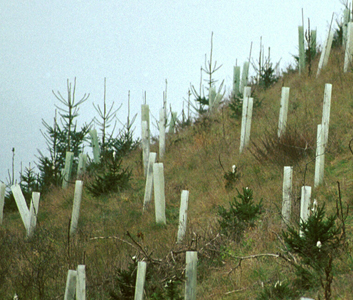Mountain forest silviculture

Mountain Forest Silviculture
Forests are one of the key vegetation forms in mountainous areas. These forests fulfill a protection- production- welfare and recreational function and help to guarantee the settlement areas in mountainous regions. For example, it is expected that within the State of Tirol only 15 % may be considered as potential settlement area and without forests this area would be much smaller.
We have 22% of Mountain forests which grow under extreme conditions (e.g. climate, soil, shortage of the vegetation period, etc.). Maintaining forests within mountainous areas for ensuring its multifunctional role (protection, production, tourism) is a key element within silviculture.

This also underlines that regeneration is extremely important and that potential threats for forest regeneration such as browsing, grazing and entomological risks need to be avoided. These threats lead to a substantial decline in forest regeneration and in a long run to unstable and fragile forests.
Forests in mountainous areas require special silvicultural techniques and have to ensure a continuous coverage of the forested area. To fulfil these targets we focus our work in the following fields:
- multifunctional role of Mountain forests
- Mountain forest regeneration
